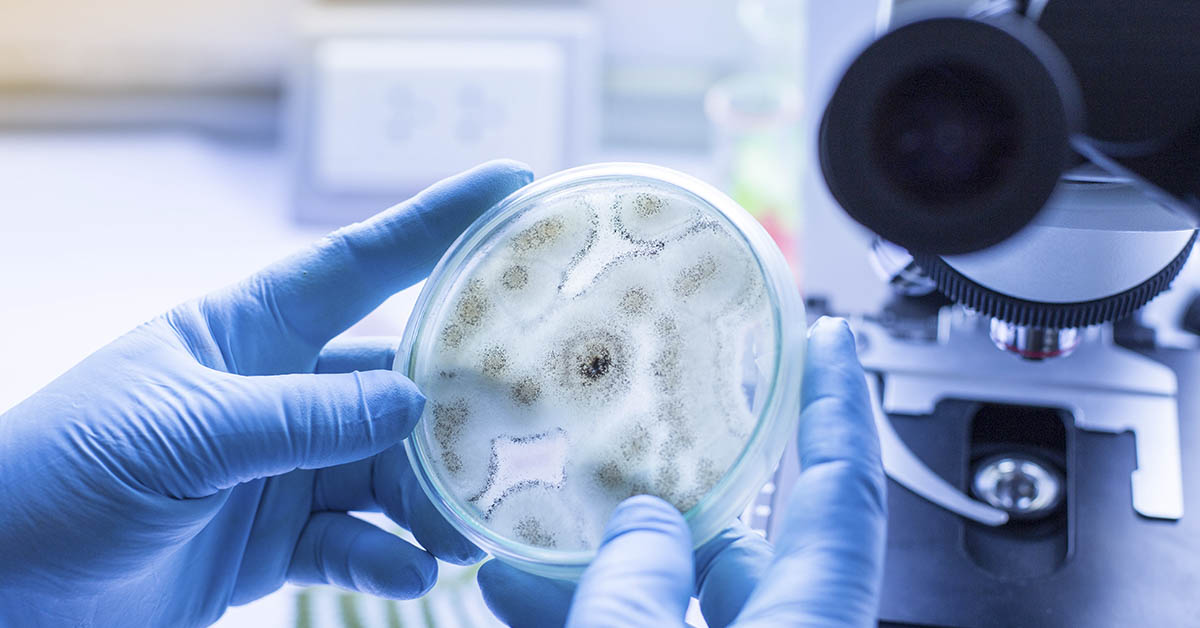Aspergillus flavus, also known as the Pharaoh’s Curse fungus, is rather infamous in archaeological circles. Following the excavation of various tombs, such as the one belonging to King Tutankhamun, the archaeologists who opened them experienced a series of deaths. While many considered their deaths to be the result of a curse, doctors theorized that it was actually the dormant spores of the Aspergillus flavus fungus that had caused their deaths. Yet this very same fungus has recently been transformed into a weapon against cancer. In fact, researchers are now using asperigimycins for leukemia treatment. Let’s learn more about the pharaoh’s curse fungus’s pharmaceutical potential in the article below.
The Cancer-Fighting Properties of the Pharaoh’s Curse Fungus

Researchers at the University of Pennsylvania School of Engineering and Applied Science have managed to turn the deadly Aspergillus flavus fungus into a compound capable of fighting cancer. The researchers modified chemicals and tested them against leukemia cells after isolating a newly-discovered class of molecules from the fungus. The result was a compound that was shown to kill cancer cells just as well as any drugs approved by the FDA. According to the study’s senior author, Sherry Gao, “Fungi gave us penicillin. These results show that many more medicines derived from natural products remain to be found.”
Read More: What Is Tinea Manuum? (Causes, Treatment, and More)
Pharaoh Curse Fungus Pharmaceutical Potential

This exciting new treatment involves a type of compound called Ripps (ribosomally synthesized and post-translationally modified peptides). The name actually refers to how the compound is produced- first by ribosomes, then later modified to increase its cancer-combating properties. Even though thousands of these RiPPs have been identified in bacteria, only a few have been found in fungi. This is partly due to the fact that researchers had previously misidentified these fungal RiPPs as non-ribosomal peptides. This is because the manner in which fungi create these molecules is not very well understood. According to the lead author of the paper, Qiuyue Nie, “The synthesis of these compounds is complicated, but that’s also what gives them this remarkable bioactivity.”
Looking for Chemicals
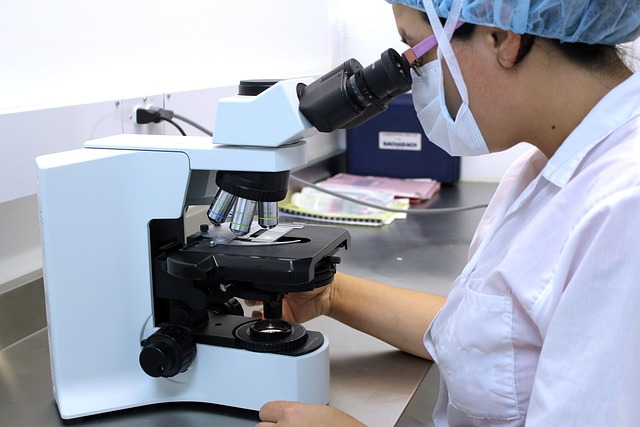
The researchers analyzed 12 strains of Aspergillus, which previous studies had indicated may contain more of these chemicals, in their search for more fungal RiPPs. They then compared the chemicals produced by these various strains that contain known Ripp building blocks and identified A. flavus as the candidate worth further study. A specific protein in A. flavus was identified by the researchers as the source of fungal RiPPs using genetic analysis. The researchers noted that after the genes that produce the protein were switched off, the chemical markers that indicate the presence of RiPPs likewise vanished. By combining genetic and metabolic information, they had created a new approach that revealed the source of fungal RiPPs in A.flavus and could be used to discover more fungal RiPPs in the future.
Read More: Could a Medieval Remedy From 1,000 Years Ago Become an Antibiotic? Scientists Think So
Asperigimycins for Leukemia
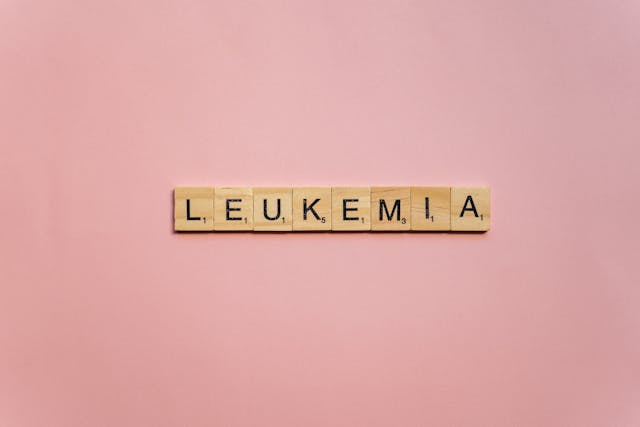
After they had purified four different RiPPs, the team discovered that the molecules all shared a distinct interlocking ring structure. These molecules had never been described before, and so the team named them after the fungus in which they were discovered – asperigimycins. When mixed with cancer cells, medical potential was observed in two of the four variants, exhibiting potent effects against leukemia cells. Another variant was combined with a lipid derived from royal jelly, and the researchers discovered that it worked just as well as FDA-approved drugs such as daunorubicin and cytarabine.
A Disruption of Cell Division
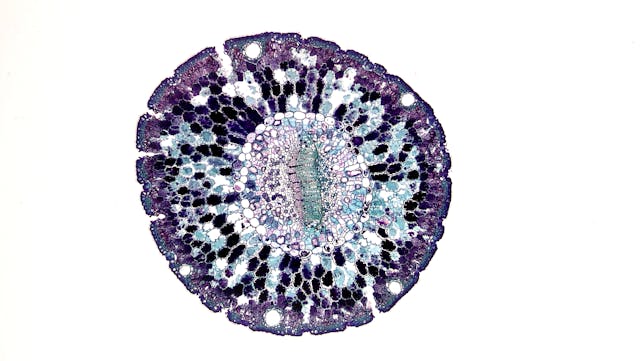
Through their experiments, the researchers discovered that asperigimycins most likely disrupt the cell-division process. According to Gao, “Cancer cells divide uncontrollably. These compounds block the formation of microtubules, which are essential for cell division.” Furthermore, they noted that these compounds had little to no effect on lung, liver, or breast cancer cells. Neither did they have any effect on a range of fungi and bacteria. This suggests that the compound’s disruptive effects are specific to certain cell types. The researchers also identified similar gene clusters, revealing that even more fungal RiPPs are yet to be discovered. According to Nie, “Even though only a few have been found, almost all of them have strong bioactivity. This is an unexplored region with tremendous potential.”
The Bottom Line
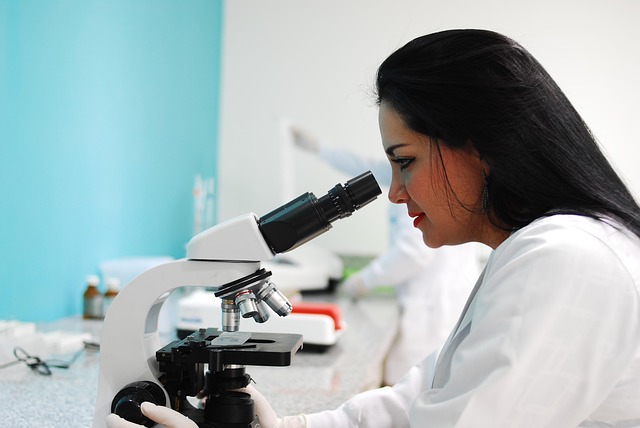
Next, the researchers hope to test asperigimycins in animal models and eventually move to human clinical trials. According to Gao, “Nature has given us this incredible pharmacy. It’s up to us to uncover its secrets. As engineers, we’re excited to keep exploring, learning from nature, and using that knowledge to design better solutions.” What was once feared as the Pharaoh’s Curse may now potentially help save countless lives. These researchers have proven that ancient threats can become modern cures, transforming Aspergillus flavus into a viable source of cancer-killing compounds.
Read More: Modified Himalayan Fungus Compound Boosts its Anti-Cancer Properties 40x
